Determining the freshness of an egg is crucial. Here’s how to do it: Crack the egg into a separate container. Firstly, check for any unpleasant odor. Fresh eggs will have a transparent and clean egg white, while the yolk should be shiny, convex, and homogeneous.
Before use, it’s essential to wash the eggs. Even if the shell appears clean, harmful bacteria may be present. Optimal cleaning involves using food detergents and a brush.
Keep in mind that the amount of flour needed may vary from the recipe. Instead of strictly adhering to the specified quantity, focus on achieving the desired consistency of the dough. Adjust the flour accordingly to achieve the best results.
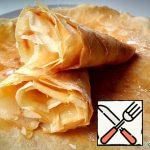 Thin Pancakes with Melted Milk Recipe
Thin Pancakes with Melted Milk Recipe
 Thin Pancakes Recipe
Thin Pancakes Recipe
 Pancakes with Strawberries and Condensed Milk Recipe
Pancakes with Strawberries and Condensed Milk Recipe
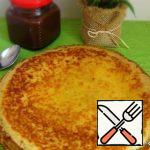 Corn Pancakes on the Fermented Baked Milk Recipe
Corn Pancakes on the Fermented Baked Milk Recipe
 Thin Pizza Dough Recipe
Thin Pizza Dough Recipe
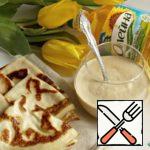 Melt Pancakes with Pecan Condensed Milk Recipe
Melt Pancakes with Pecan Condensed Milk Recipe
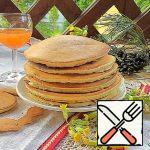 Vanilla Pancakes on Milk Recipe
Vanilla Pancakes on Milk Recipe
 Pancakes with Strawberries and condensed Milk Recipe
Pancakes with Strawberries and condensed Milk Recipe
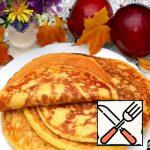 Pancakes on the Fermented Baked Milk and Kefir Recipe
Pancakes on the Fermented Baked Milk and Kefir Recipe
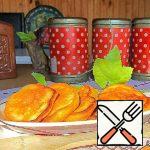 Carrot Pancakes with Sour Milk Recipe
Carrot Pancakes with Sour Milk Recipe
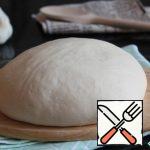 Dough for Very Thin Pizza Recipe
Dough for Very Thin Pizza Recipe
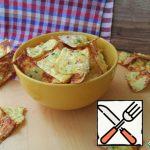 Cheese Chips made of Thin Yeast-Free Pita Bread Recipe
Cheese Chips made of Thin Yeast-Free Pita Bread Recipe